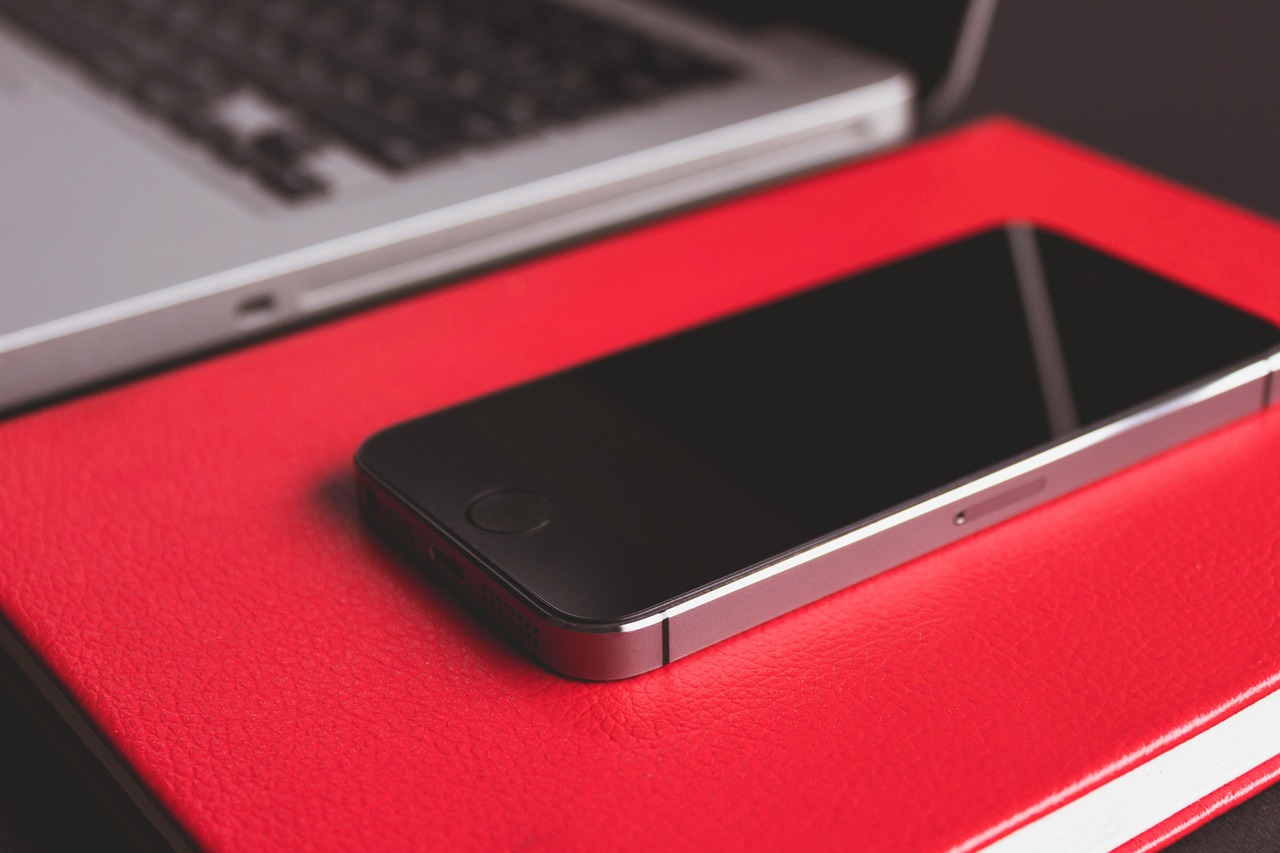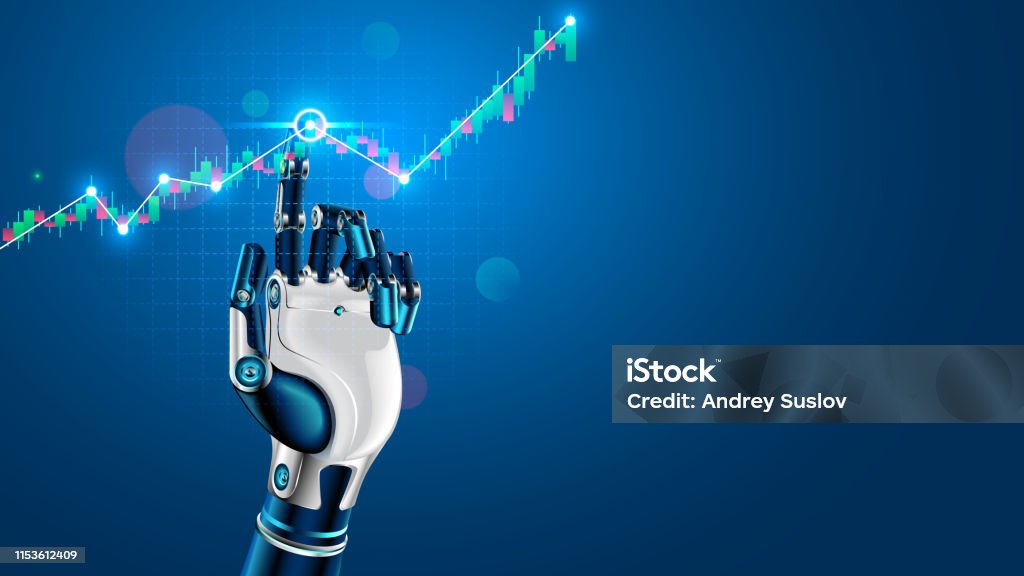AI is no longer a futuristic fantasy; it’s reshaping the design landscape in tangible ways. From generating initial concepts to automating tedious tasks, AI design tools are empowering designers to be more creative, efficient, and innovative. This blog post delves into the world of AI design, exploring the tools available, their capabilities, and how they are transforming the design process. Whether you’re a seasoned designer or just starting out, understanding AI’s role in design is crucial for staying competitive and leveraging its immense potential.
What are AI Design Tools?
Defining AI in Design
AI design tools are software applications that leverage artificial intelligence algorithms to assist or automate various aspects of the design process. These tools use machine learning, natural language processing, and other AI techniques to understand design principles, user preferences, and market trends. By analyzing vast amounts of data, AI can generate design ideas, optimize layouts, create variations, and even predict user behavior.
Key Capabilities of AI Design Tools
- Automated Design Generation: AI can create initial design concepts based on user input and preferences.
- Design Optimization: Tools can analyze existing designs and suggest improvements for usability, aesthetics, and performance.
- Content Creation: AI can generate text, images, and other content elements for designs.
- Personalization: AI can tailor designs to individual user preferences and needs.
- Predictive Analytics: AI can predict how users will interact with a design based on their behavior and preferences.
- Task Automation: AI can automate repetitive tasks such as resizing images, generating color palettes, and creating mockups.
Example: Adobe Sensei
Adobe Sensei is an AI framework integrated into Adobe Creative Cloud applications. It powers features like content-aware fill in Photoshop, automatic tagging in Lightroom, and style transfer in Illustrator. These features streamline workflows and allow designers to focus on more creative aspects of their work.
Benefits of Using AI in Design
Increased Efficiency and Productivity
AI automates repetitive tasks, freeing up designers to focus on higher-level creative work. A study by McKinsey found that AI automation could potentially free up 30% of a designer’s time. This boost in efficiency allows designers to complete projects faster and take on more clients.
- Automated Layout Generation: AI tools can automatically generate multiple layout options based on design requirements, saving designers hours of manual work.
- Simplified Image Editing: Features like content-aware fill and background removal powered by AI drastically reduce the time spent on image manipulation.
- Streamlined Prototyping: AI-powered prototyping tools can quickly generate interactive prototypes based on design sketches, enabling faster iteration and feedback.
Enhanced Creativity and Innovation
AI can generate novel design ideas and explore variations that designers might not have considered otherwise. By providing new perspectives and possibilities, AI can spark creativity and lead to more innovative designs.
- Generative Design: AI can generate a range of design options based on specified parameters, helping designers explore new possibilities and uncover unexpected solutions.
- Style Transfer: AI can apply the style of one image or design to another, allowing designers to experiment with different visual styles and create unique aesthetics.
- Predictive Design: AI can analyze user data and predict future design trends, enabling designers to stay ahead of the curve and create designs that resonate with users.
Improved User Experience (UX)
AI can personalize designs to individual user preferences, leading to a more engaging and satisfying user experience.
- Personalized Content: AI can tailor content to individual users based on their demographics, interests, and behavior, creating a more relevant and engaging experience.
- Adaptive Interfaces: AI can adjust the layout and functionality of an interface based on user behavior and context, optimizing the user experience for different situations.
- Chatbots and Virtual Assistants: AI-powered chatbots and virtual assistants can provide users with personalized support and guidance, improving customer satisfaction and loyalty.
Popular AI Design Tools
Graphic Design Tools
- Canva AI: Canva has integrated AI features to enhance design creation, like Magic Write for text generation and Magic Edit for image manipulation.
- Jasper.ai: Primarily a copywriting tool, Jasper can also generate image content for designs using AI art generation.
- Khroma: Khroma uses AI to learn your color preferences and generate personalized color palettes.
Web and UI/UX Design Tools
- Uizard: Uizard uses AI to turn sketches or screenshots into editable UI designs.
- Fronty: Fronty converts image-based website designs into clean, responsive HTML/CSS code.
- TeleportHQ: TeleportHQ offers AI-powered design-to-code conversion features.
Image Editing Tools
- Luminar AI: Offers AI-powered photo editing tools, including sky replacement, portrait enhancement, and scene recognition.
- Topaz Photo AI: Uses AI to enhance image quality, reduce noise, and sharpen details.
- Remove.bg: Instantly removes backgrounds from images using AI.
Example: Uizard in Action
Imagine you have a hand-drawn sketch of a mobile app interface. By uploading this sketch to Uizard, the AI analyzes the elements and converts them into editable UI components within the Uizard editor. You can then easily customize the design, add interactions, and generate a functional prototype. This saves designers considerable time and effort compared to manually creating the UI from scratch.
Ethical Considerations and Challenges
Bias in AI Algorithms
AI algorithms are trained on data, and if that data contains biases, the AI will perpetuate those biases in its designs. For example, if an AI is trained primarily on images of men, it may struggle to accurately represent women in its designs.
- Mitigation Strategies:
Use diverse and representative datasets for training AI algorithms.
Regularly audit AI systems for bias and take corrective action.
Involve diverse teams in the development and testing of AI design tools.
Job Displacement
As AI becomes more capable, there are concerns that it could automate design tasks and displace human designers. However, many experts believe that AI will augment, rather than replace, designers, allowing them to focus on more creative and strategic work.
- Adapting to the Future:
Designers should focus on developing skills that are difficult to automate, such as creativity, critical thinking, and emotional intelligence.
Embrace AI as a tool to enhance their capabilities and efficiency.
Continuously learn and adapt to the evolving landscape of AI and design.
Data Privacy and Security
AI design tools often collect user data to personalize designs and improve performance. This raises concerns about data privacy and security, as sensitive information could be compromised or misused.
- Best Practices:
Implement robust data security measures to protect user data.
Be transparent about data collection practices and obtain user consent.
* Comply with relevant data privacy regulations, such as GDPR and CCPA.
Conclusion
AI design tools are rapidly evolving, offering immense potential to transform the design process. By automating tasks, generating ideas, and personalizing designs, AI empowers designers to be more creative, efficient, and innovative. While ethical considerations and challenges exist, these can be addressed through responsible development and implementation. Embracing AI as a collaborative partner will be crucial for designers to thrive in the future, unlocking new possibilities and shaping the future of design.




